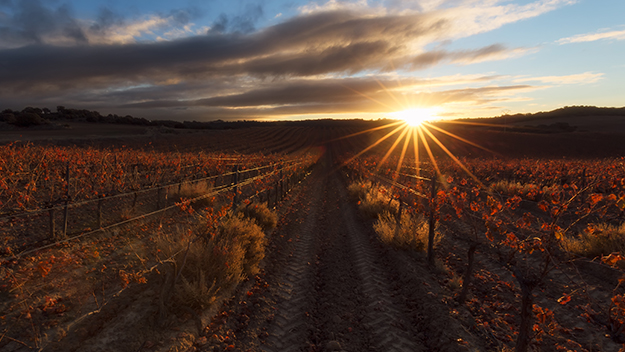Find your winery or vineyard
1 Wineries and Vineyards for sale in Italy - Sicily
Infographic of the Region

Italy - Sicily
Sicily is an Italian island located in the west of the peninsula, separated by the Strait of Messina opposite Calabria and just northeast of the country from Tunisia, 150 km from the African continent. It is home to two of Italy's largest cities, Palermo, the island's capital, and Catania. With a population of around 5M inhabitants, it is the largest and most populated island in the Mediterranean, as well as the largest region in Italy.
The archipelago also includes several smaller islands: the archipelagos of the Aeolian Islands to the north-east, the Aegadian Islands to the west, the Pelagian Islands to the south-west, the islands of Pantelleria to the south and Ustica to the north-west.
Tourists know Sicily for its beaches and Greek ruins on the south and east coasts, and its cuisine is world famous. In the world of wine, Sicily is best known for the wines grown on the slopes of Mount Etna, as well as for its large volume of red and white wines that are drunk every day. It has 1 DOCG, 23 DOC and 7 IGP. Sicily ranks fourth among Italian regions in wine production with 5.9 million hl, despite having the largest area of vineyards of any region with 119,250 ha. Sicily has long favoured production at PGI level, but with the strong promotion of Sicily DOC, it has seen an increase that now accounts for almost 40% of the volume. The outstanding grape varieties of the region are Nero d'Avola and Grillo.
All the peoples who have passed through ancient Sicily have successfully cultivated vines here. The Greeks, of course, but also the Elimos, the Sicans, the Sicans and, of course, the Phoenicians. Sicily is the birthplace of some of the oldest wines in the world, of the passito genre or, in any case, sweet wines, as is the case in the Syracuse area. Here the Arabs revived the sultana culture. And this is also the birthplace of the best liqueur wines in Italy, the Marsala wines. For thirty years, Sicily has emerged as one of the southern regions of the country best prepared to meet the challenges of modern viticulture and to adapt to the new times. Dominated by a dry and locally arid Mediterranean climate, except in some parts of the interior, Sicily is characterised by volcanic soils in the eastern part and on all the smaller islands, clay-limestone soils in the centre and in the northern part, calcareous soils in the southeast and soils rich in iron and clay on the western side.
The warm, dry climate means that fungi and rots are kept to a minimum, particularly in well-ventilated areas that benefit from the coastal breeze.
Provinces
Discover more wineries and vineyards for sale in these wine regions in Islands
Subscribe to our mailing list to receive news about wineries and vineyards.








